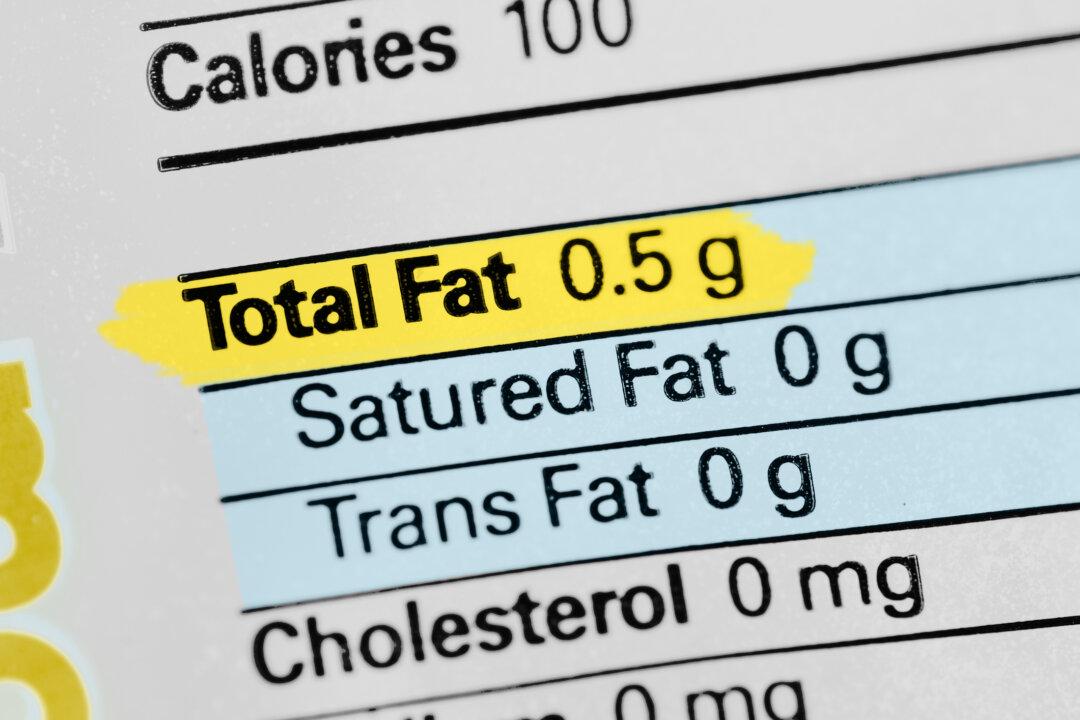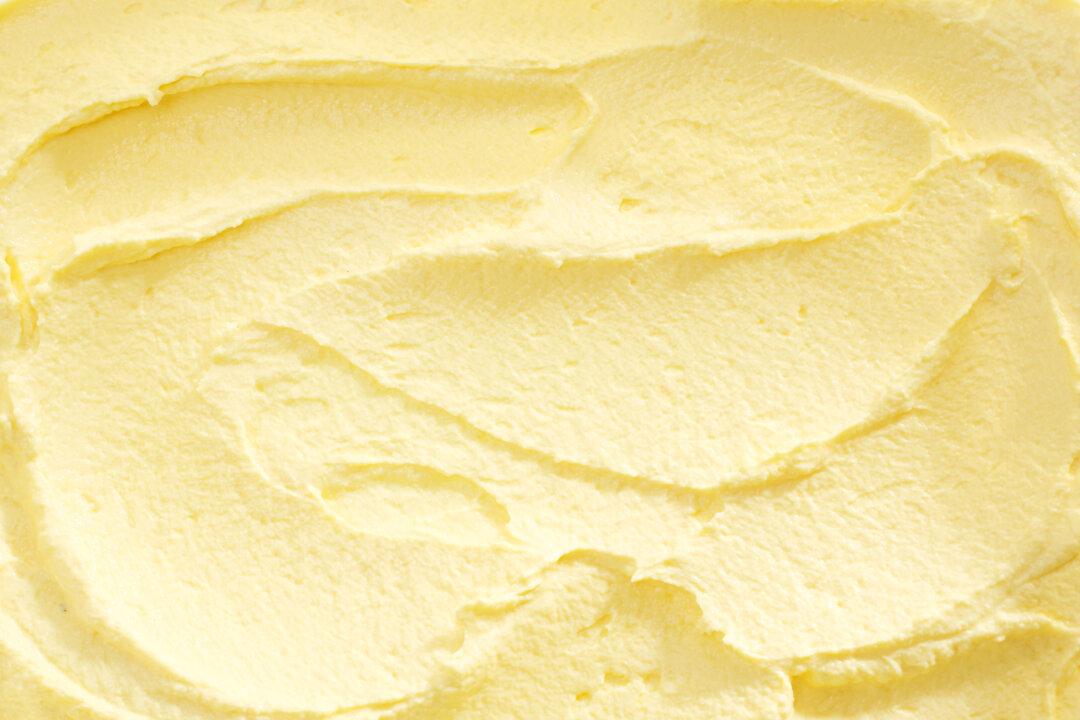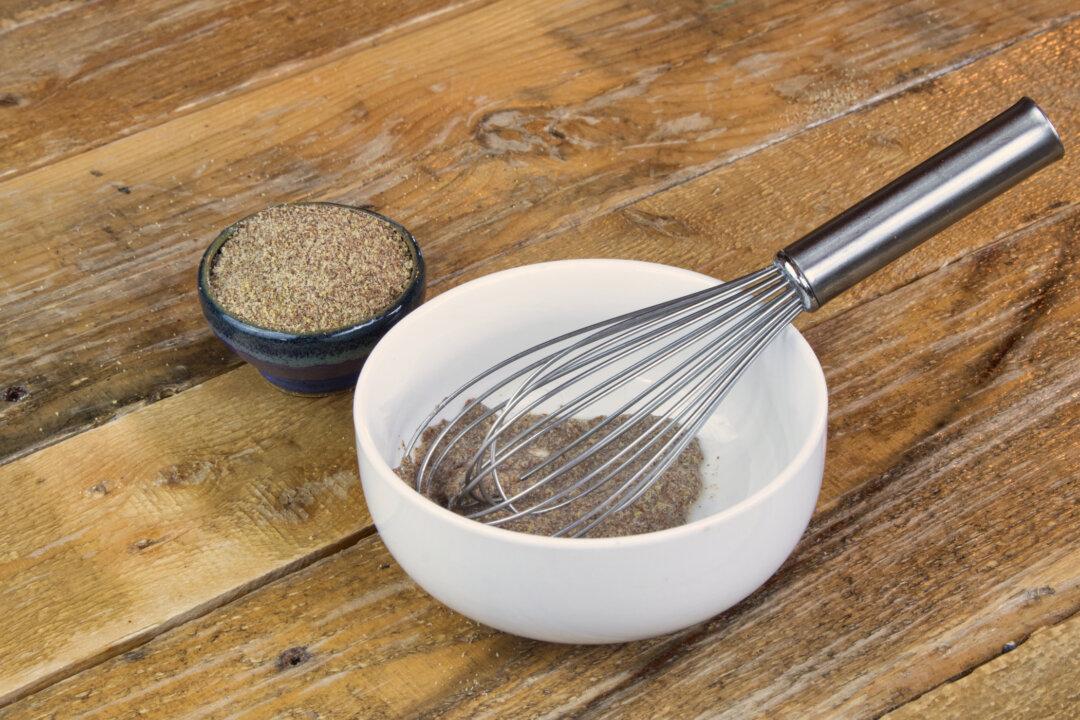There are two main kinds of trans fats in foods: naturally occurring and artificial. The controversy around trans fats relates to artificial trans fats (or trans fatty acids)—created through a process that adds hydrogen to liquid vegetable oils to make them more solid (easier to use and more cost-effective with a long shelf-life). However, the production advantages do not outweigh the risks.
Clinical studies have shown that trans fats increase your bad (LDL) cholesterol while also lowering your good (HDL) cholesterol. With trans fats, there is a documented increase in the risk of developing heart disease and stroke, as well as higher chances of developing Type 2 diabetes.





